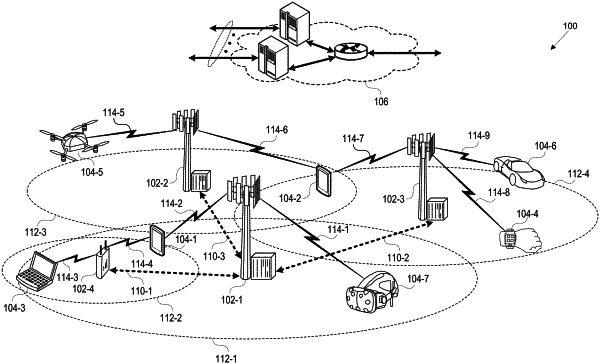| CPC H04L 41/16 (2013.01) [G06F 18/2148 (2023.01); H04L 41/0816 (2013.01)] | 20 Claims |

|
1. A computer-readable storage medium, excluding transitory signals and carrying instructions, which, when executed by at least one data processor of a service management system, cause the service management system to:
obtain a service message indicating an event that affects a user device on a telecommunications network supported by the service management system,
wherein the service message indicates that the user device is affected by an interruption or reduction in a quality of a service supported by the telecommunications network;
store an indication of the event at a memory device configured to store historical information of multiple events that affect multiple user devices supported by the service management system;
simulate one or more effects of the event on the telecommunications network based on a machine learning (ML) model to forecast how the event affects the telecommunications network,
wherein the ML model is trained based on the historical information stored at the memory device;
generate, based on the ML model, an output for display on a computing device,
wherein the output includes one or more data pairs each including an attribute of the event and a predicted value configured to reduce a workload or increase operational efficiency of the service management system, and
wherein each data pair is configured to make the event actionable based on a control enabling an alternative selection to accept or reject the data pair;
receive a feedback message from the computing device including an indication that a data pair of the one or more data pairs has been accepted or rejected;
in response to the feedback message:
re-train the ML model based on the data pair that has been accepted or rejected, and
configure a process of the service management system to:
route the service message to an assignment group of the service management system selected by the ML model, or
bypass at least a portion of the process as selected by the ML model to generate a resolution to the service message.
|